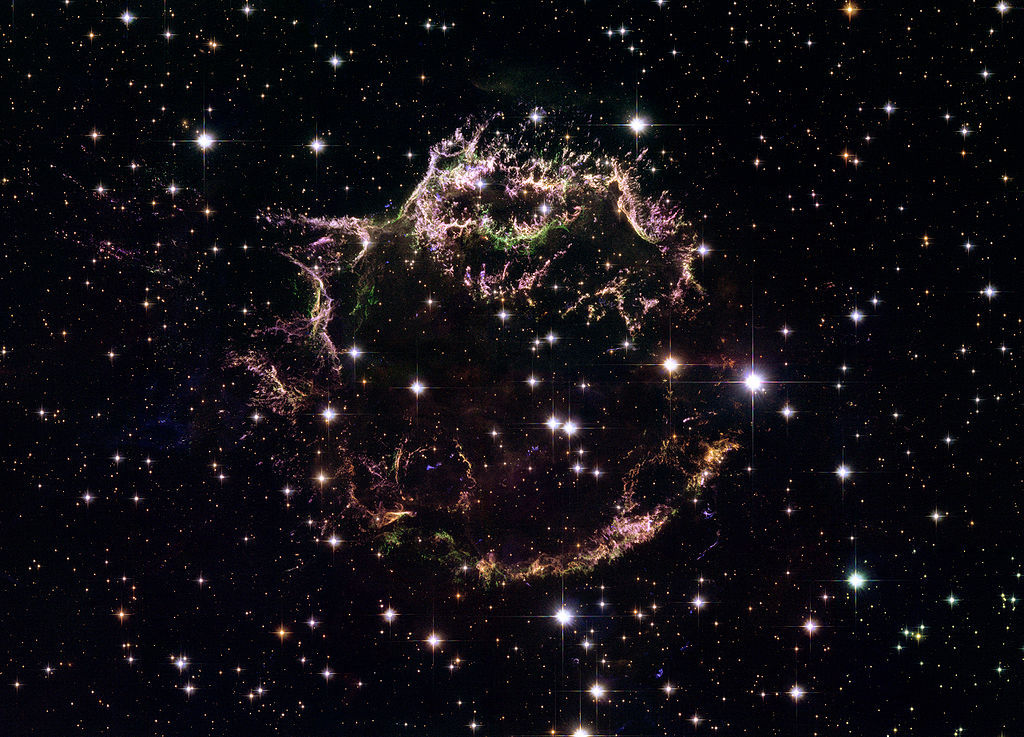Scientists were able to create an imitation of a supernova explosion in the laboratory

A joint team of scientists from various countries, including Japan, France, Switzerland, the United States and the United Kingdom, was able to simulate a supernova explosion in a laboratory. The study has already been published in the authoritative edition of Nature Physics.
To simulate an explosion, carbon fiber, the thickness of which does not exceed the thickness of the hair, was placed in a chamber with rarefied argon. Then, using three laser beams with a power many billion times higher than that of a conventional pointer (literally “60,000 billion times”), the scientists were able to heat the fiber to a temperature of several million degrees.
')
At some point an explosion occurred, with the appearance of a shock wave. A plastic mesh was also placed in the chamber (a centimeter from the epicenter of the explosion), which, after the explosion, acquired a certain shape (thus, the scientists determined the configuration of the explosion). According to experts, the explosion parameters in the laboratory are very similar to the explosion parameters (with known parameters, of course) of a supernova in space.

The picture was taken after 300 billions of a second. The picture is combined with a computer model of electron density / distribution after the explosion.
In particular, the structure of the turbulence of an artificial explosion is very similar to the structure of the turbulence from the images of Cassiopeia A. Among other things, in the laboratory, it was possible to fix the magnetic field amplification from the explosion, due to turbulence in the plasma.
Via ox.ac
Source: https://habr.com/ru/post/225981/
All Articles